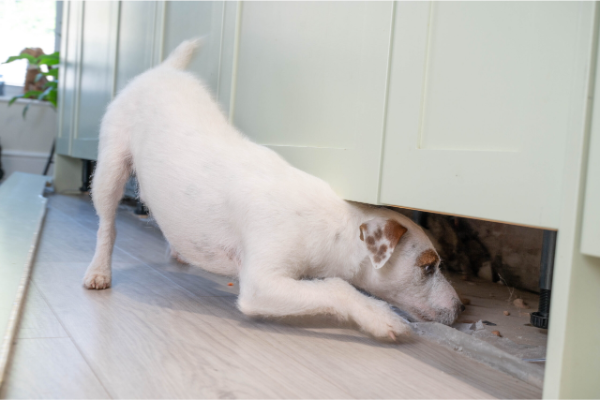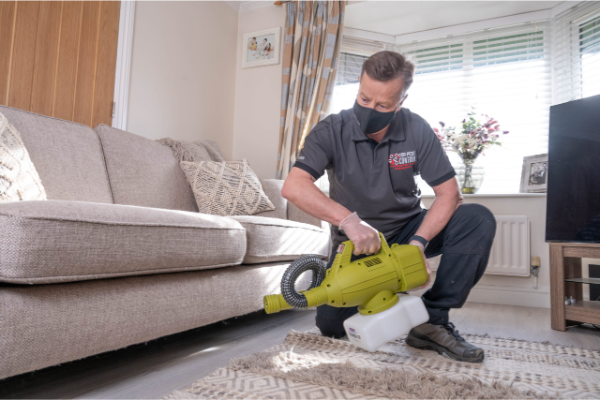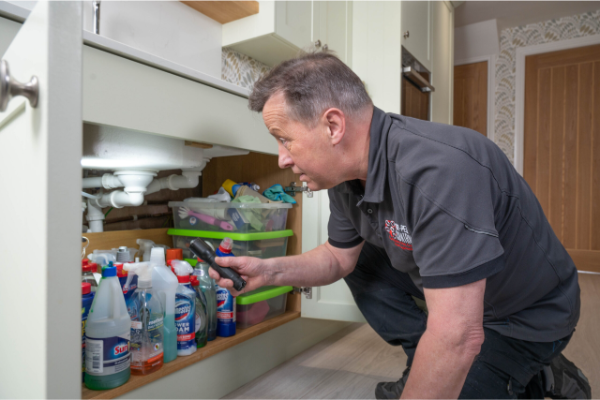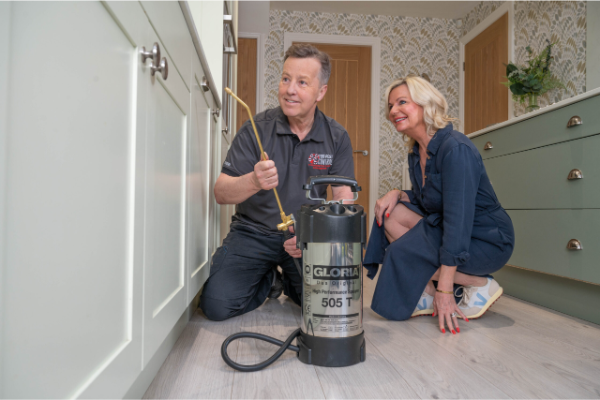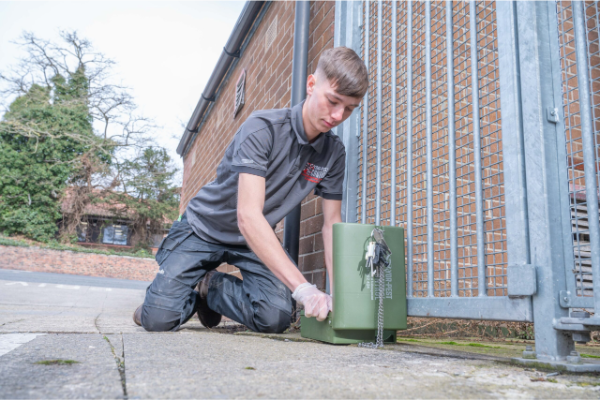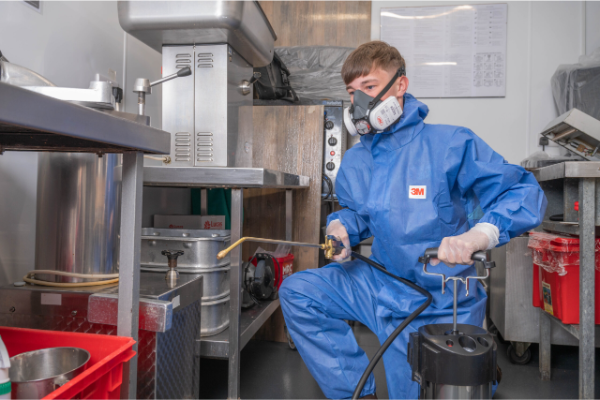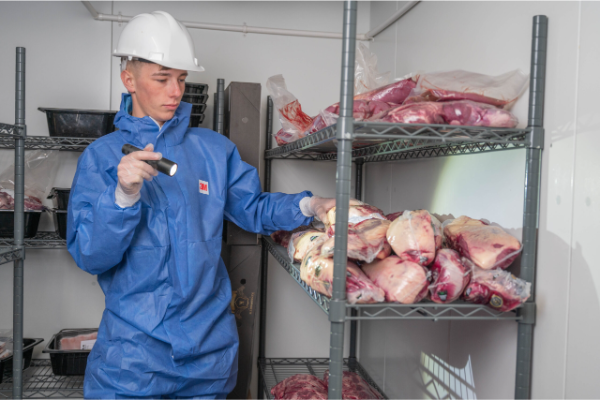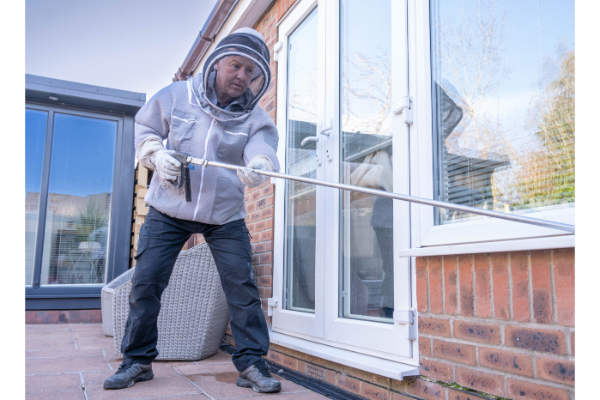Flea Pest Control
Fleas are tiny, flightless parasites that, depending on the species, feed on the blood of different warm-blooded animals and have the potential to spread illness to their hosts. Although most people believe fleas are solely an issue for household pets, they may really bite people and are the main carrier of the uncommon bubonic plague. While pet owners are most at risk for flea infestations, these biting pests can also enter homes via wild animals like skunks or raccoons after being transported into a property. The most prevalent kind is the cat flea, which frequently feeds on cats, dogs, and people. We strongly advise calling a flea removal expert like us if you think you could have an infestation. Fleas are wingless insects and are classed as external parasites. Their mouthparts are adapted for piercing skin and sucking blood from their hosts. So, If you have a suspected problem with fleas, they will probably be cat fleas. Do contact our experts for flea control services in York.
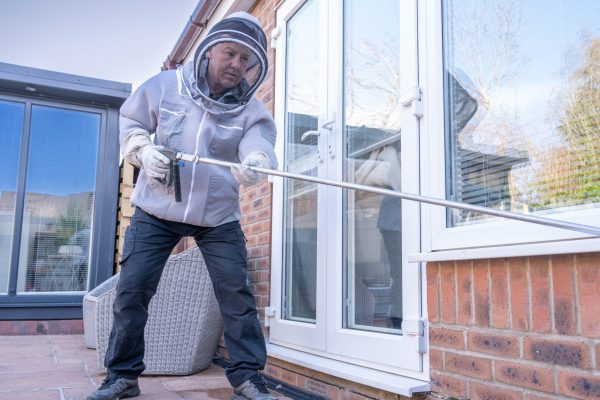
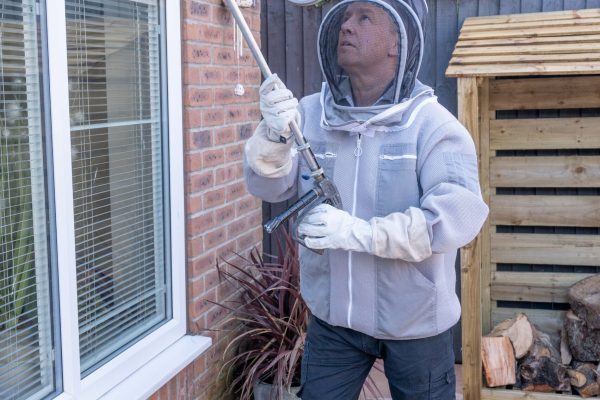
Professional Flea Removal
In most household premises, our standard procedure for controlling fleas involves applying water-soluble residual insecticides. This process kills the live fleas within hours but does, however, require the flea eggs impervious to the pesticide to hatch out before the life cycle is completely broken.
In order to determine the kind and severity of the infestation, our flea exterminator will come to your property and thoroughly inspect it. The expert will then decide on the best course of action.
To address the flea infestation, a highly skilled specialist will employ a potent insecticide to eradicate the pesky insects from the affected regions. This method guarantees that the fleas won’t reappear for a substantial duration. Following the service, the professional technicians will furnish a comprehensive report and valuable suggestions on how to prevent any future flea infestations.
Preparing for Flea Extermination
Before we treat a home for fleas, we will ask you to thoroughly clean your house before our arrival. The cleaner and the less cluttered the property, the more effective the treatment. It is important to treat your animal for fleas and also to wash or replace its bedding. Failure to do so may further complicate the problems.
It is possible that your household is still plagued with fleas despite your ongoing efforts to eliminate them from your pet. There are two primary factors that can contribute to this persistent problem.
Flea eggs are hard to get rid of, and a regular flea medicine like fipronil doesn’t kill them all. They fall to the ground and quickly hatch there (on your carpet, between floorboards, and in your pet’s bed). Despite wearing a flea collar, the juvenile fleas climb back onto the host, your dog or cat.
There is a chance that you might be grappling with an additional infestation caused by a group of mice residing in your attic, which may have led to the introduction of fleas into your living space. In order to stop these parasites from multiplying and spreading, it is highly advised that you seek the assistance of a professional flea exterminator to help you with complete flea control.
Following Flea Treatment
We will ask you to refrain from vacuuming (usually for two weeks). This will allow the residual nature of the product applied to work on the emerging nymphs (from the impervious eggs). After two weeks, you can begin your normal cleaning/vacuuming routine. However, we will ask that you continue leaving a 4” gutter of carpet/floor unvacuumed for another two weeks. In most situations, the largest concentration of flea eggs will be laid where the carpets butt up to the skirting boards/walls. Leaving the residual insecticide in place along this gutter will ensure that emerging baby fleas hit the residual insecticide and die.
A residual flea control product will be used for the best effectiveness. Two long-acting components in the active ingredients assist in decreasing flea populations and disrupt the life cycle of the pests’ reproductive organs. These elements include:
1. Adulticide – Created to eliminate flea larvae and adult fleas immediately upon contact.
2. Insect Growth Regulator-Only impacts fleas in the development stage. Flea larvae that come into touch with the growth regulator won’t be able to mature into adults, breaking the reproduction cycle.
How To Recognise A Flea Infestation
There is a variety of different types of common UK fleas, each preferring a different host, e.g. cat, dog, or human. The following are common to the British Isles:
- Cat flea
- Dog flea
- Rabbit flea
- Tropical rat flea
- Hedgehog flea
- Bird flea
- Mole flea
These insects are 1-8mm long and normally brownish in colour. Flea eggs are approximately half an mm long, pearly white, and may be laid on a pet or in their bedding. Eggs will also be secreted in the crevasses where a carpet butts up to a skirting board or a wall. Pets and family members scratching themselves will probably alert you to the fact that there is a problem.
Flea bites usually result in small red spots, typically measuring up to 5mm in diameter. However, some people may have a more severe reaction. To get rid of flea eggs and droppings on pets, combing them may be helpful. It’s worth noting that you can easily identify flea droppings by adding water. If they turn red, they are flea droppings.
Habitat And Life Cycle Of Fleas
Adult female fleas can lay up to 800 eggs in their lifetime, lasting up to 2 years. These eggs usually come in batches of 20 or less and will hatch within 15 days, depending on factors such as temperature and humidity. The larvae from these eggs feed on dust and flea droppings and will fully develop after about ten days. Adult fleas will then seek a blood meal, starting the life cycle all over again. Fleas are typically brownish in colour and range from 1-8mm long, while their eggs are pearly white and approximately half a millimetre long. They are usually laid on pets or in their bedding.
If you’re dealing with a flea infestation, regular vacuuming and thorough cleaning can help eliminate the problem by removing the main food source for the bugs.
Additionally, your pets can receive treatment using drugs and flea-removal powders that will have a long-lasting impact.
Understanding the complete life cycle of fleas can prove to be extremely helpful in effectively managing and controlling their infestation on your dogs. This knowledge can further aid in administering the most appropriate and effective treatments to eliminate these troublesome pests from your pets and household premises.

